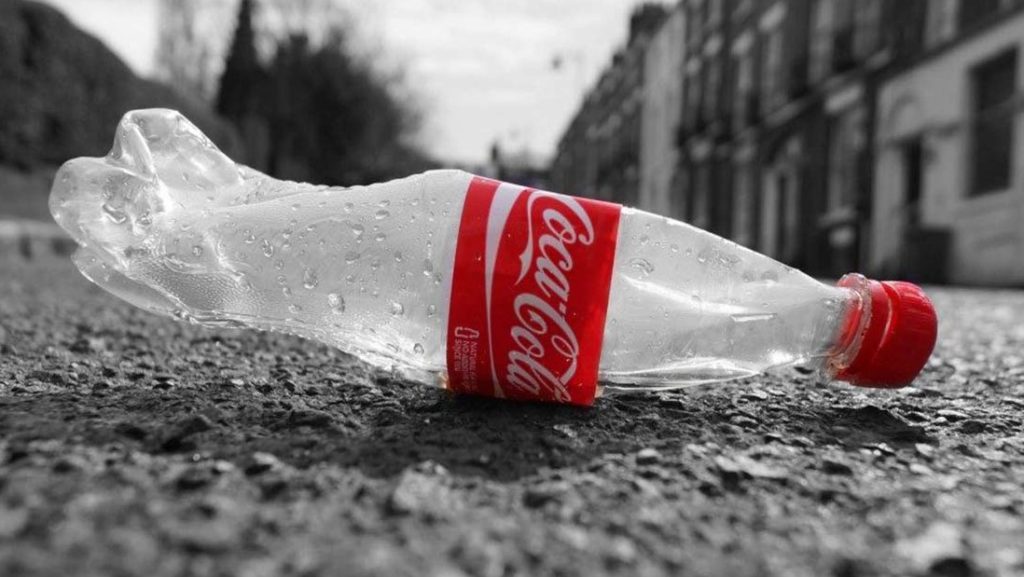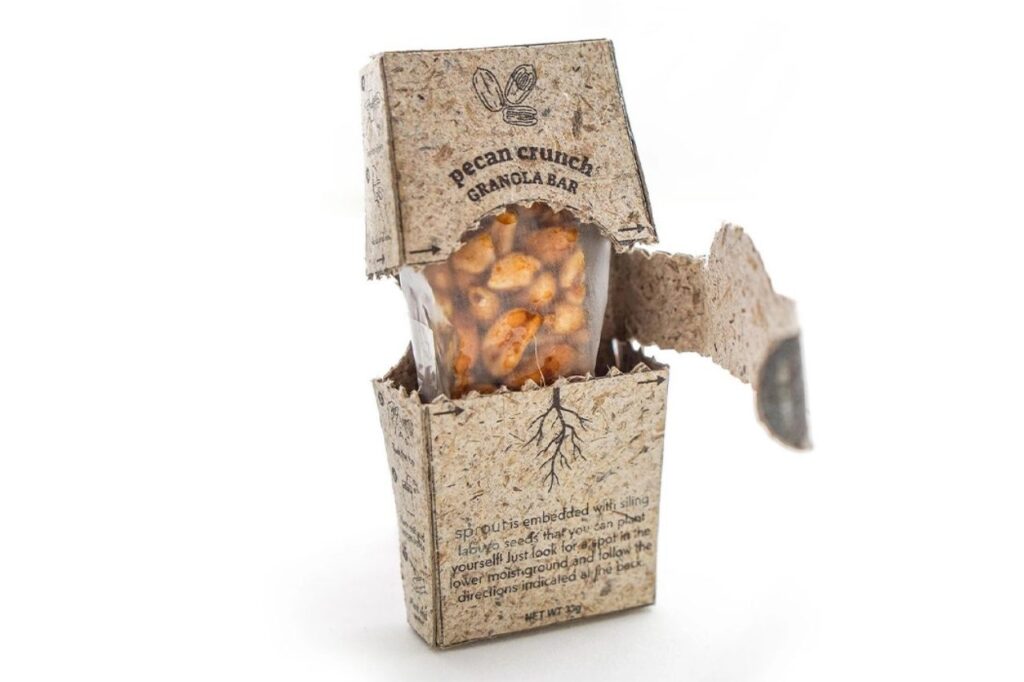The future of sustainable packaging
Worldwide, 2.01 billion tonnes of municipal packaging waste are generated annually, at least 33 percent of which is not accomplished in an environmentally safe manner. While the Middle East and North Africa (MENA) region only produces around six percent of the world’s waste, as per World Bank data, it is one of the fastest-growing regions with total waste generation expected to more than double by 2050.
A big part of that waste comes from packaging. According to the EPA – Environmental Protection Agency, containers and packaging make up more than 28% of municipal solid waste in the US. As countries and consumers increasingly focus on climate change and Sustainability, packaging waste is now a vital issue.
The global packaging community has many sustainability initiatives in place. One example is the UK-headquartered Ellen MacArthur Foundation, which is committed to creating a circular economy and, through its Plastics Pact, focuses on significantly reducing inappropriate materials and single-use plastics (SUPs).
The Foundation is also advocating for Extended Producer Responsibility schemes, a bold strategy whereby the environmental costs associated with a product’s life cycle are the responsibility of the brands and manufacturers.
There are also several countries and regional voluntary commitment programs that follow the same targets and objectives. Ultimately, all initiatives share the same goal: to design out waste and pollution at the start and to ensure that packaging is developed to be more circular so that it is reused again and again.
The initiatives aim to eliminate inappropriate materials, such as polystyrene and PVC, and oxo-degradable and fragmentable materials. The targets also embrace a move towards mono materials wherever possible to ensure that packaging can be recovered and recycled easily through materials recovery facilities.
Packaging and food waste reduction | Future of sustainable packaging
A critical area that is often overlooked when discussing Sustainability is ‘save food packaging’ and its ability to minimize food waste. There is much discussion globally around eliminating SUPs but little debate around the environmental impact of food waste.
Today, the environmental impacts of food waste far outweigh those of packaging waste. The amount of food waste going to landfills accounts for eight percent of greenhouse gas emissions. According to the UN – United Nations Environment Programme, if food waste could be represented as its own country, it would be the third-largest greenhouse gas emitter behind the US and China.

We need more global and collaborative conversations about food waste and how packaging can help to minimize it. If we develop innovative and intuitive packaging, we could potentially reduce the amount of food waste in consumers’ houses.
According to the World Economic Forum, 768 million people are undernourished globally. Many of these would benefit if only we had the proper packaging available. From an industry perspective, if we design food packaging to protect, preserve, contain and extend shelf life, we can minimize the impact of food waste, which is a critical element of Sustainability.
Consumer push for Sustainability
Sustainability is one of the hottest topics in the world right now and, when it comes to packaging, consumers are driving the conversation. They expect brands to be more environmentally and socially responsible. They see plastic in the oceans and litter on the streets, and they expect change from manufacturers.
While consumers don’t want plastic anymore, this can be challenging as plastic plays a fundamental role in many industries. Packaging is critical not only for protecting, preserving, containing, and transporting products through supply chains but also for the health and safety of consumers.

We need to educate consumers about the role of packaging and how it can help minimize food waste to understand it better. The environmental impact of food waste also needs to be discussed to ensure we select the most appropriate packaging for the product every time.
Increasingly, consumers are pushing back against brands, expecting them to produce more environmentally conscious packaging and designs. This has resulted in brands developing their sustainable business practices, redesigning their packaging to more circular by design, ensuring that the packaging is recyclable in the country in which it is sold, and developing more effective communication for consumers.
For example, we see a lot of on-pack communications technology such as QR and 3D codes that reveal a product’s sustainability journey. Practical and easy to understand, on-pack labels are also being used to communicate proper packaging disposal and the product’s climate story. Three innovative programs are the OPRL in the UK, How2Recyle in the US, and the ARL in Australia and New Zealand.
In the last 18 months, consumer purchasing patterns have also shifted. There is an increased desire for packaging that protects the product and products that can last longer in their pantries if there is another lockdown. Consumers are looking for products with a longer shelf life, and packaging plays an integral role here.
New technologies being fast-tracked
When it comes to sustainable packaging, new technologies are being developed on an almost weekly basis. One of the most significant shifts is in materials recovery facilities, with tech innovations emerging across the globe. We have also seen new developments for chemical and advanced recycling. Overall, the industry globally is working hard to improve the infrastructure capabilities of these facilities.
Another standout development is the Digital Watermarks Initiative Holy Grail 2.0 pilot project. This cross-value chain system, which is currently being trialed in Belgium, applies imperceptible codes or ‘digital watermarks’ to the surface of the packaging.
Cameras at waste sorting facilities detect these watermarks and decode them to ensure that the packaging is sorted into the correct recycling stream, significantly increasing recycling rates.
Plastic Packaging Recycling using Intelligent Separation technologies for Materials (PRISM) is another game-changer. This novel system rapidly sorts packaging based on intelligent labels. Meanwhile, the polypropylene (PP) recycling project NextLooPP aims to create food-grade recycled PP from post-consumer packaging. A lot is happening in this area of the supply chain.
Government to guide industry
The global community cannot only rely on consumer demand to drive significant sustainable changes in packaging. Food safety has become a consumer priority, with Sustainability a secondary concern.
Therefore, it’s essential that governments also develop their sustainable packaging, food waste, and plastics targets. These targets will then help to guide manufacturers.

Today, manufacturers face many challenges. Those dealing with 2025 packaging and waste targets are under a lot of pressure to change their packaging in the next four years, and it can take time to change packaging, materials, and machinery. The good news is that the majority of companies are working hard to meet the targets.
All brands must work to achieve these goals and do all that they possibly can to design out waste, eliminate inappropriate materials, eliminate SUPs and redesign their packaging to ensure that it is circular by design and truly recyclable and recoverable in the country in which it is sold.
We are seeing more and more countries announcing SUP regulations, but the challenge is the lack of consistency from one jurisdiction to another. We need global consistency of standards and harmonization. In Australia, for example, every state has its SUP regulations. Product exporters must be aware of the different rules around the world and act accordingly.
Sustainable packaging revolution
Fortunately, sustainable packaging has come a long way, giving brands multiple options to choose from with new, intuitive designs coming through all the time. There are so many great best practice examples across the entire waste hierarchy and, for inspiration in this area, I would encourage everyone to look at the WorldStar Packaging Awards.
The Awards have two special categories under Sustainability: the Save Food Packaging Special Award and the Sustainable Packaging Design Special Award. Entries for these categories come from World Packaging Organisation (WPO) member countries’ regional and country award programs, covering more than 35 countries across the globe. It is a beautiful program that showcases the best in circular and sustainable packaging design each year.

A lot more recycled content is being incorporated into packaging now – across all materials, which ensures circular design and reuse of materials as many times as possible. Another exciting area to watch is the growth in reusable and refillable packaging, with numerous stores and brands working on concepts.
We have also seen an increase in renewable materials that don’t contaminate recycling streams and a significant shift towards mono materials to ensure end-of-life recyclability.
Packaging Organisations leading the way
This is a bold initiative that has been developed over the last three to four years. The guide is the first step to creating a consistent global notion on circular design thinking for materials and packaging. Circularity means that the product is designed in such a way to support the highest possible materials recycling opportunities.
To implement recyclable packaging designs, fundamental knowledge of sorting and recycling processes is necessary. The guide is a starting point to understanding best practice examples that can be applied to recovery and recyclability capabilities and infrastructure at a regional and local level.

Its launch, however, is just the first step. ECR community members and anyone interested in sustainable packaging to develop the country and regional guides to help them understand what their current recycling and recovery infrastructures look like and how they can be further developed.
This is a fascinating project that we are proud to be a part of. We look forward to rolling the guide out worldwide and watching it drive global harmonization in sustainable packaging design, and helping to design out waste from the start.
Coca-Cola leaves the closure on the bottle goes for easy recyclability
Nude packaging is going to be a futuristic sustainable option







Pingback: High-Performance Recycled Film with Recycled content - Berry